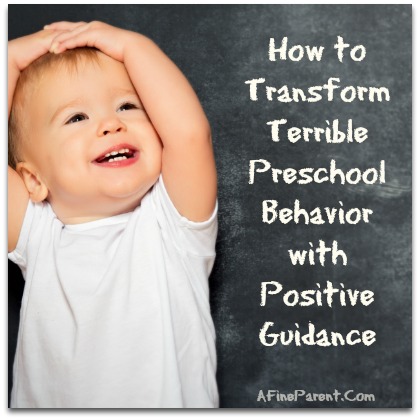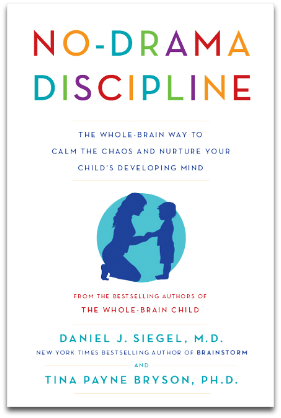 When my son was just four years old, he loved to investigate things around the house. He spent hours each day opening, spilling, touching, shuffling, dumping and tinkering. There was a lot he wanted to learn about and play with.
When my son was just four years old, he loved to investigate things around the house. He spent hours each day opening, spilling, touching, shuffling, dumping and tinkering. There was a lot he wanted to learn about and play with.
Sometimes he made choices which were not necessarily in line with my expectations. One time, while coloring, he broke a few magic markers open. He wanted to “catch the colors” hiding inside, he explained.
Children need time to play, tinker and discover. This is vital to growing and developing well. Very often in this playful process young children create messes and make mistakes. Having a safe home in which to make mistakes is vital to growing well. It is also important to the child that as parents we offer them guidance, limits and clear boundaries.
Children don’t really need to be told how to play or supervision that mimics a hovering helicopter. Children do however need to know that they can count on us, without a doubt, to provide them guidance and safety.
Gentle guidance or positive discipline is about honoring the needs of the child while providing safety, connection and confident leadership.
At age four, my son was curious and hungry for learning. That was a good thing. It was important to support him through this phase. But I didn’t need to allow destruction or to set harsh consequences for his mistakes. My son was not being terrible or naughty but simply doing exactly what every child is wired to do.
So, I expected the messes.
I supported his curiosity.
I offered him safe alternatives and many opportunities to play, move and discover.
I connected with him before offering any necessary re-direction or corrections.
In this process, I noticed my four-year-old grow into a more and more responsible child.
His curiosity and knowledge grew and with it, his trust in me. It was clear that he would have good opportunities to discover and that I was there to offer him safe alternatives when something was not quite alright.
Realistic expectations help us stay confident in our discipline choices.
 When we become more realistic in our expectations of ourselves and our children, we can start to truly enjoy the gift that it is to be together. Discipline can both be effective and focus on building a relationship of trust and cooperation.
When we become more realistic in our expectations of ourselves and our children, we can start to truly enjoy the gift that it is to be together. Discipline can both be effective and focus on building a relationship of trust and cooperation.
“The moments when discipline is called for are actually some of the most important moments of parenting, times when we have the opportunity to shape our children most powerfully.” – Daniel J. Siegel & Tina Payne Bryson in No Drama Discipline.
Knowing how much my son loved to explore, I didn’t assume he was being bad or disrespectful when I found one of his masterpieces had gone sideways. I instead took advantage of such situations and saw them as opportunities for offering guidance.
I remember a particularly surprising moment when my son was playing with some mud in the garden. As I passed by to visit him, I noticed he had a drinking glass from the kitchen filled with a mud concoction. It wasn’t an appropriate choice to play with glass out of all things, much less one of our pretty drinking glasses. While I wanted to grab the glass and ask what my son was “thinking,” I paused and reminded myself of the fact that my son was four and completely immersed in his play. Before offering a correction, I simply joined him in his play.
Scooping up some mud I made a funny face, and we laughed and smiled at each other. Then, I let my son know that the drinking glasses were off limits for mud play. I also explained that we had a box of containers under the kitchen sink he could use.
What followed was a total connect-to-correct winning moment!
There were no tears, no hesitations and no fear. Just a very genuine “oops Mom, I will wash this up and get something else”. We went to the kitchen together. To work on this solution my son had proposed together. Soon enough the drinking glass was sparkling on the drying rack and my son back in the mud. Both of us were perfectly content. I never found a drinking glass out in the mud again either!
Limits are important.
Limits keep children safe.
Limits can be set with kindness and care and still be so effective.
As can only be expected, my children continue to make mistakes and behave in unnecessary or unhelpful ways from time to time. In such cases, I aim to set limits in a clear and kind way. I connect with them before I focus on corrections. I check and calm my own expectations and fears. I think about my child’s point of view and capabilities. Together, we focus on solutions and possibilities.
Most of all, it is vital that we trust and believe our children to be capable of choosing to do better the next time around.
So often the discipline solution that teaches our children the most are ones based on supporting children and helping them find a new and better way. Guidance can be offered from a place of love, trust, appreciation and connection. In such a way, we help our children see us as helpful, kind leaders and remain confident and willing to follow our guidance.
Peace & Be Well,
Ariadne


Nice blog, short and effective.
Great article. Kate and I (co-authors of “Great Parenting Skills (GPS) for Navigating Your Kid’s Personality – available on Amazon) would agree that building a caring loving relationship emphasizing respect and trust is a critical component of positive discipline.
Thanks Wayne for your feedback. I will take a look at your book. Best wishes,
Ariadne
Ariadne Brill, your write up is great. i would love to help mums in Nigeria where i live. how do i become a certified Positive Discipline Parenting Educator like you
Omodunni Lawal, thank you for your kind words. The positive discipline association offers a few different ways to become certified. On this site is the certification information. https://www.positivediscipline.org/certification
Wishing you all the best,
Ariadne
Hi, Ariadne, thanks for sharing but preschool children often confound us with their behavior. They’re playing and laughing one minute, and crying “for no reason” the next. We ask them not to poke their baby brother’s eyes, and they look right at us, with angelic faces, and do it anyway. What is going on? It can be a baffling, maddening process to try to answer that question! I’m going to be adding a series of posts, linked from here as well, in an effort to give you a few more tools for observing, understanding, and approaching child behaviors using the positive guidance philosophy and techniques